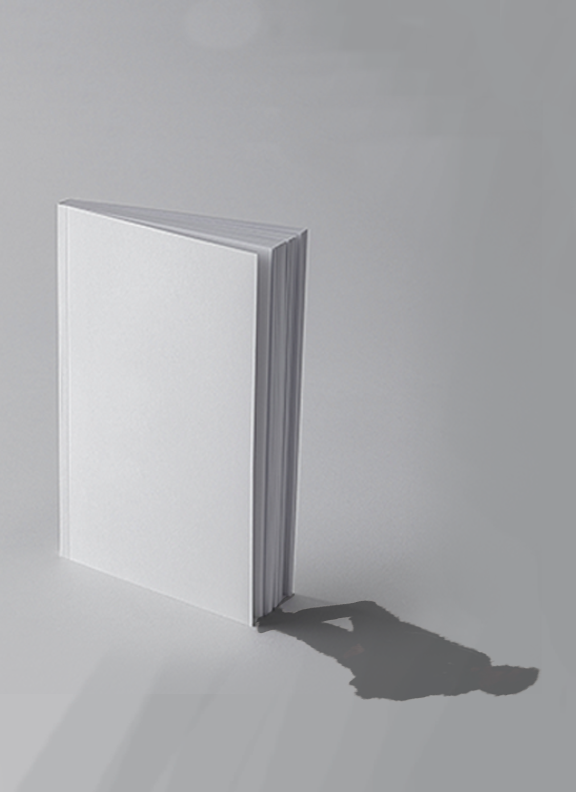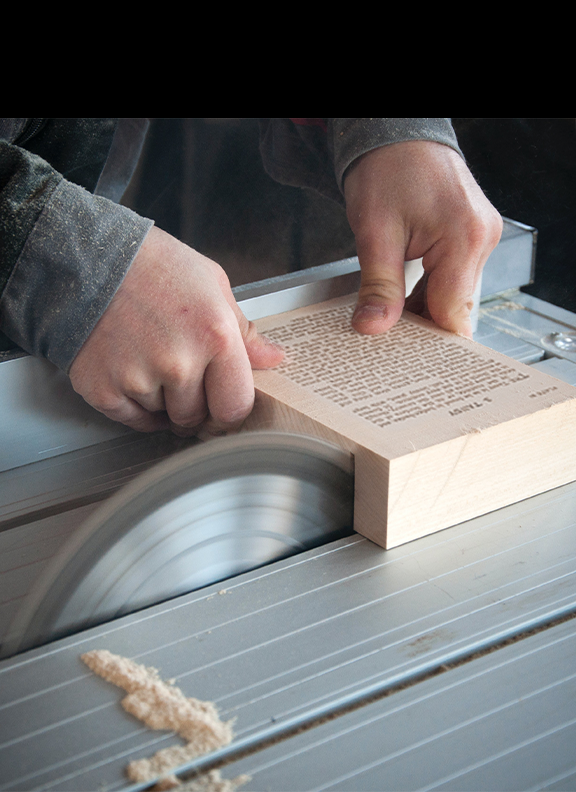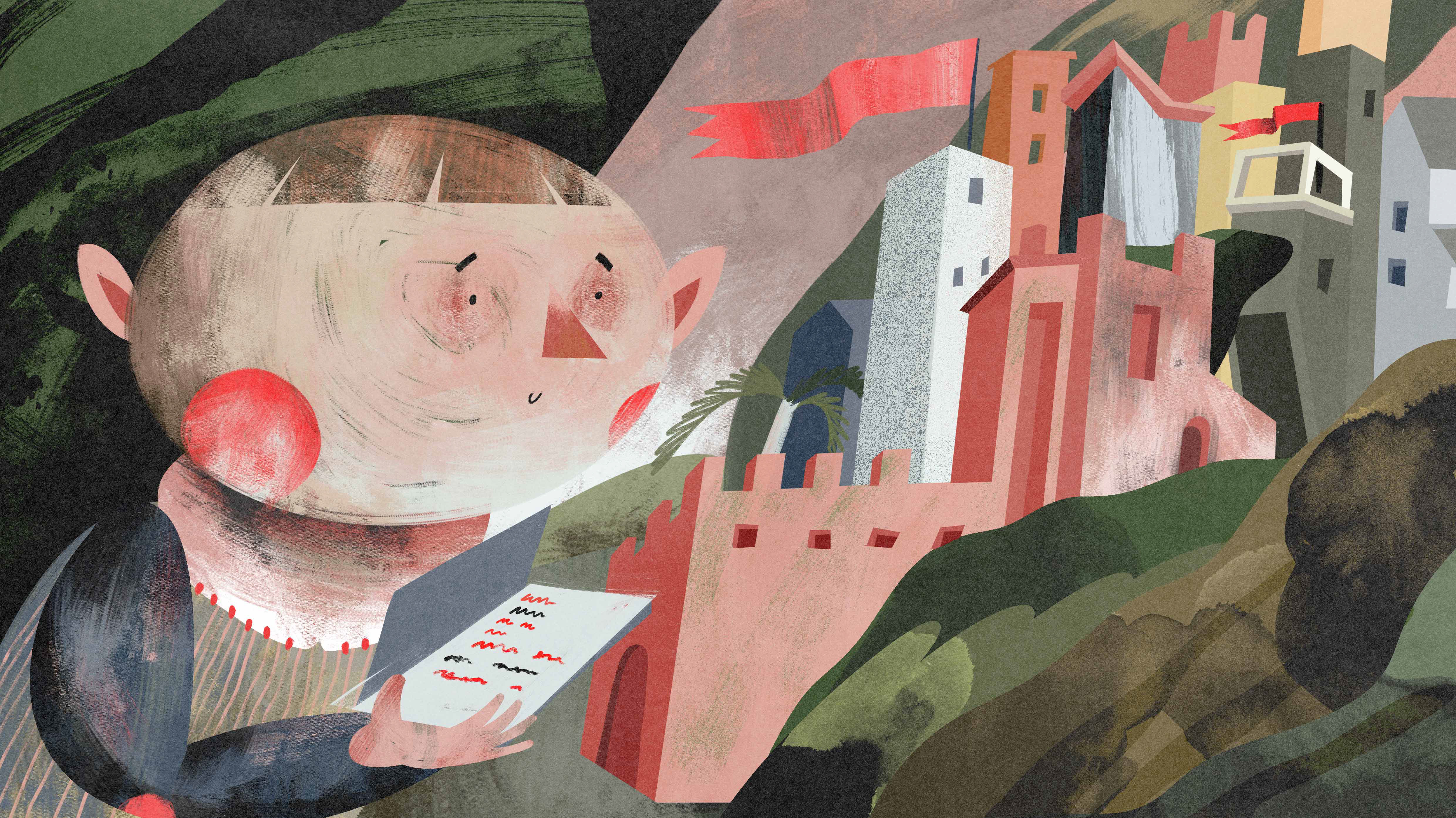7 Creative Strategies Demonstrated
For my most recent school project we learned the following 7 creative strategies: Combination, Juxtaposition, Isolation, Metaphor, Change of Context, Shape Similarity, and Material Change. These strategies are used in many professional graphic design pieces and are effective at both communicating with the audience, and making a design memorable.
For this project we had to pick a very simple, common object and use it in various designs to demonstrate all seven strategies.
1. Combination

Title: What it Takes
Combination is when two or more objects or elements are combined. As you can see, there are many objects combined here to communicate everything that goes into the writing of a book.
2. Juxtaposition

Title: Union
Juxtaposition is when two things are placed together to show their similarities or differences. This can be a powerful strategy to show similarities between things that were thought to be different. In this composition the book is made up of heart tissue and brain tissue to show how both thought and emotion go into a book.
3. Isolation

Title: Preservation
Isolation can also be defined as focus, it is when one thing about a composition either stands out or is physically separated from the rest, often to communicate something to the viewer. In this case it's simply used to draw attention to the shadow of a person coming off of the book. This piece is meant to symbolize how a book can preserve the legacy of a person.
4. Metaphor

Title: Quiet Mentor
A metaphor is a story or deeper meaning communicated through symbolism. Metaphors are powerful, memorable ways of communicating a point to an audience. Here we have a young woodworker with text seeming to appear on the block of wood, showing how he's being taught not by a physical human teacher but by the words of a book.
5. Change of Context

Title: A Different Kind of View
A change of context is when you take an object out of it's usual setting and place it in another. This can highlight aspects that aren't often thought about, and makes the audience pause for a bit because they notice that something is out of place. Because I put the book in place of a window, the audience will hopefully be drawn to think of how a book is like a window.
6. Shape Similarity

Title: Daily Snack
Shape similarity is when you use other objects to form the shape of something recognizable, in this case crackers are forming the pages of a book. This works similar to Change of Texture (which will soon be explained) or Change of Context, and catches the audience's attention because it's different but also resembles something they recognize.
7. Change of Texture

Title: Storage
Change of Texture is the final creative strategy. This is when the texture of an object has been altered so it is different than expected. As shown in this composition, the inside of the book isn't paper but an entire box full of lightbulbs. This is another strategy that is good at getting the audience to stop and look because it's different than what they expect.
That is all seven creative strategies we have been learning for the past three weeks. You probably noticed that many of the compositions demonstrated more than one strategy, sometimes they can be combined to make a piece even more creative and impactful.
This has been a great opportunity for me to dust off my photoshop skills and relearn some things. You'll probably notice that the quality of my work here varies, some compositions were created earlier than others while I was still getting back into a creative mindset. Hopefully in my next post, my work will be better and more consistent.
Thank you for reading!
All compositions created and edited by Kailey Black, using Adobe Photoshop software and images from Unsplash.com


